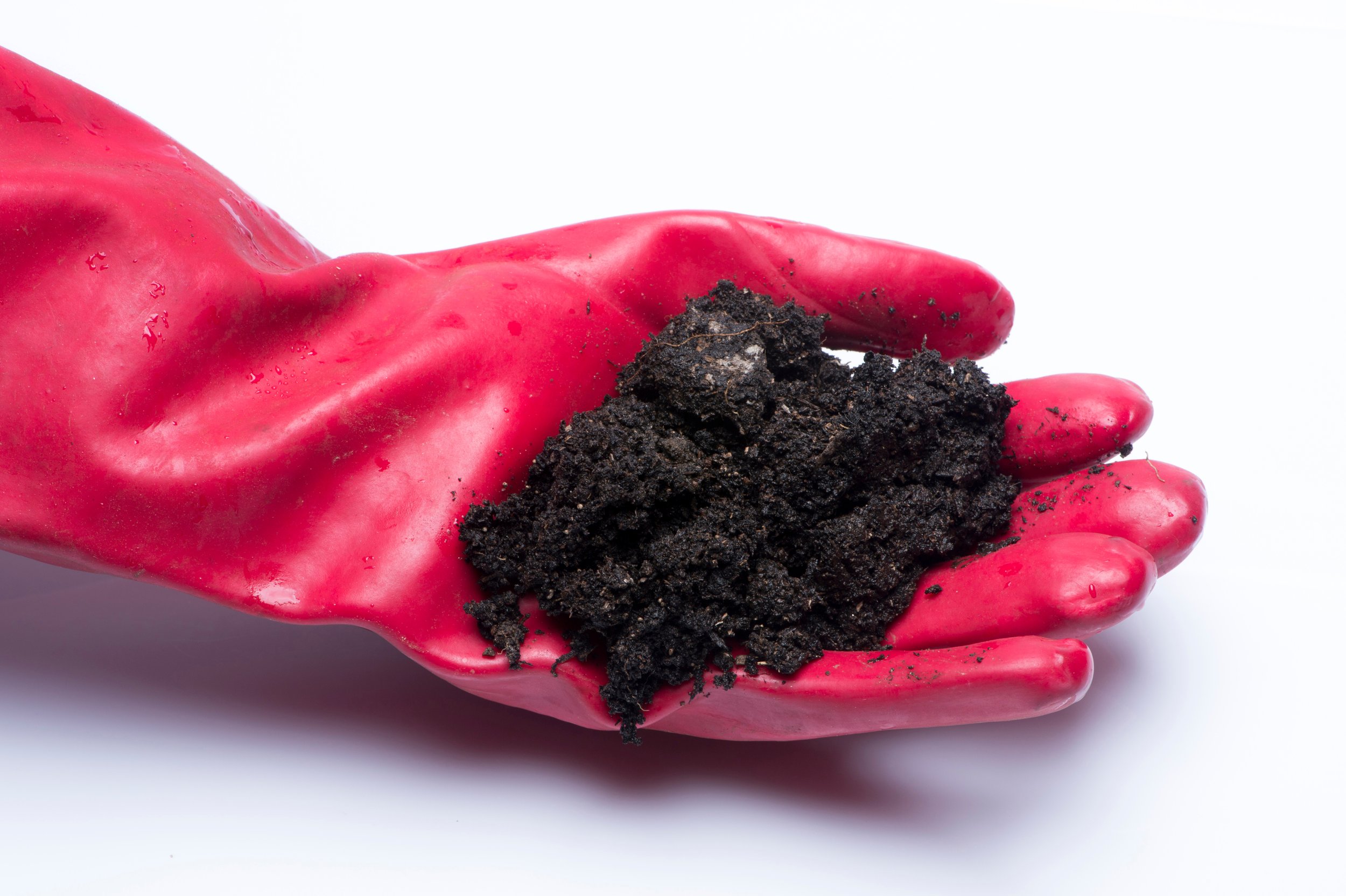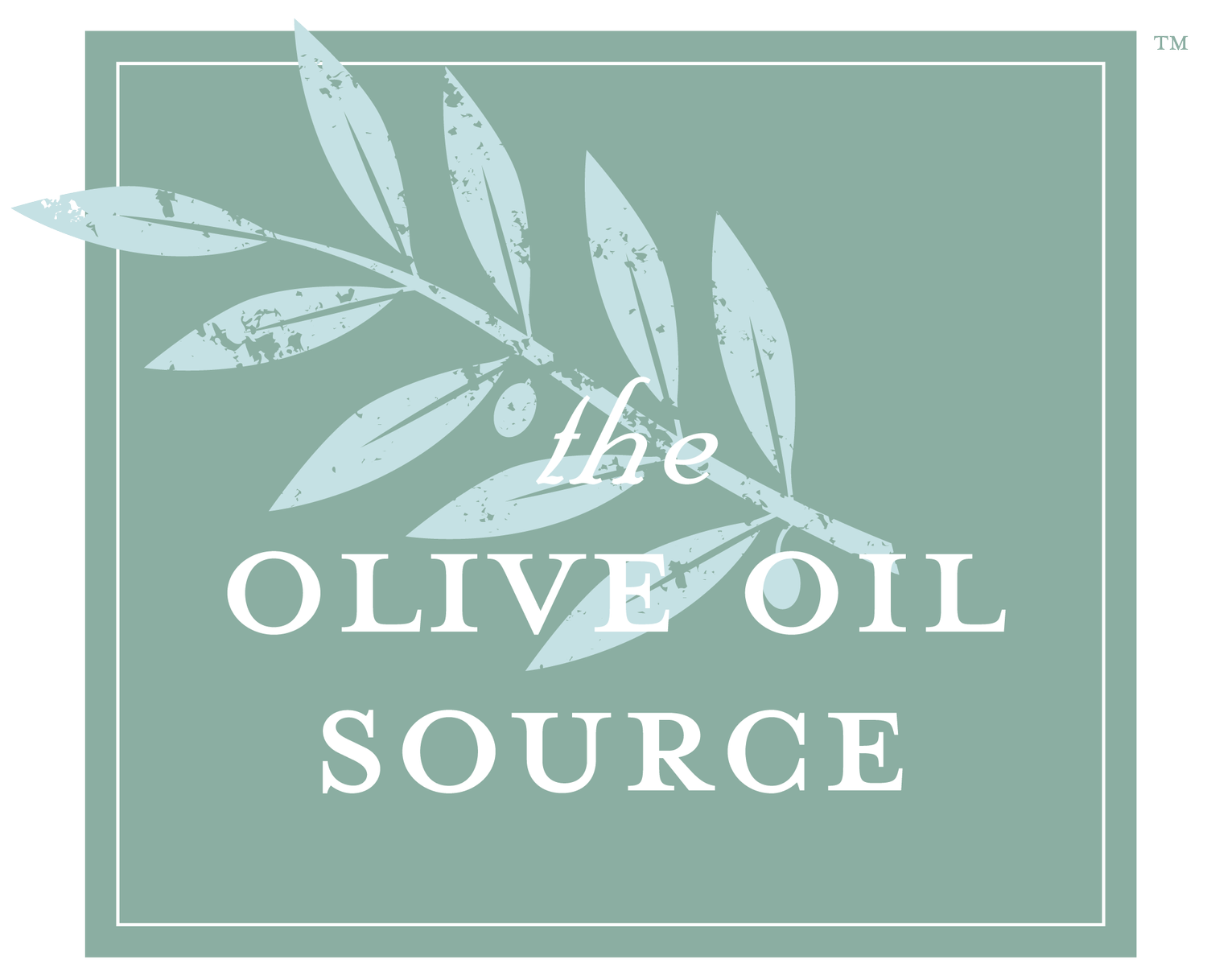
Soil and Water Analysis
Soil and water analyses can be useful tools when buying or establishing an orchard. We offer a few basic considerations. For more in-depth information, we recommend the two books from G. Steven Sibbett and Louise Ferguson, and from Paul Vossen, listed in our Sources below.
SOIL ANALYSIS
Prior to planting, the soil should be tested for at least sodium, magnesium, calcium, potassium, and pH. If there are questions about the history of the soil, if existing vegetation shows odd symptoms and poor growth, or if other soils in the area have shown toxic levels of excess minor nutrients, more tests may be needed. In addition, if the risk of nematodes or diseases such as Verticillium wilt is suspected, the soil should be tested for those as well.
The pH tolerance of olives is quite large, ranging from about 5 to 8.5. Ideally, it would be adjusted to approximately 6.5, but such adjustments have not been demonstrated to be cost effective. Nor has it been economically worthwhile in most cases to add phosphorus (P) or calcium (Ca) to the soil, since these nutrients are normally in abundance. The exception would be for serpentine soils that are excessively high in Magnesium (Mg). Potassium (K) may be needed for olives, and it can be added prior to planting. Nitrogen is almost always added after planting.
Soils high in boron (Bo), sodium (Na), or chloride should be avoided. Toxic levels of boron, sodium, or other minor elements are not common but have been observed in California.
Multiple sub-samples should be taken from at least two depths with the root zone at about 6 inches and 18 inches deep. This should be done for each observable soil type in the orchard. Do not rely on home soil testing kits. Contact your local farm adviser for a lab recommendation and for a nonbiased evaluation of your soil test results. In general, most soil labs will be able to advise you on which tests to run if you tell them what you want to grow and where your land is. Beware of exaggerated yield or plant health claims by fertilizer and compost sales people.
WATER ANALYSIS
Since olive trees are known to be drought-resistant, does that mean they don't need to be irrigated in places like California? Although olive trees are drought tolerant, orchards in California-type climates require supplemental irrigation during the growing season to satisfy the trees’ water requirement.
Irrigation water quality is important for olives. Water should be tested for pH, electro-conductivity (EC), sodium, bicarbonate (HCO3), sodium absorption ratio (SAR), chloride, boron, nitrate (NO3), and any other suspected regional problem materials.
Olives are classified as "somewhat tolerant" of boron in irrigation water, accepting water levels of boron up to 1 to 2 mg/l. EC should be lower than 3.0 dS/m, bicarbonate below 3.5 meq/l, and sodium less than 3meq/l. Excessive sodium in supplemental water accumulates in the soil, causing water penetration problems. Irrigation water high in nitrogen promotes excessive vegetable growth that hinders fruit production.
SOURCES
Paul M. Vossen: Organic Olive Production Manual, University of California.
G. Steven Sibbett and Louise Ferguson: Olive Production Manual, University of California.
